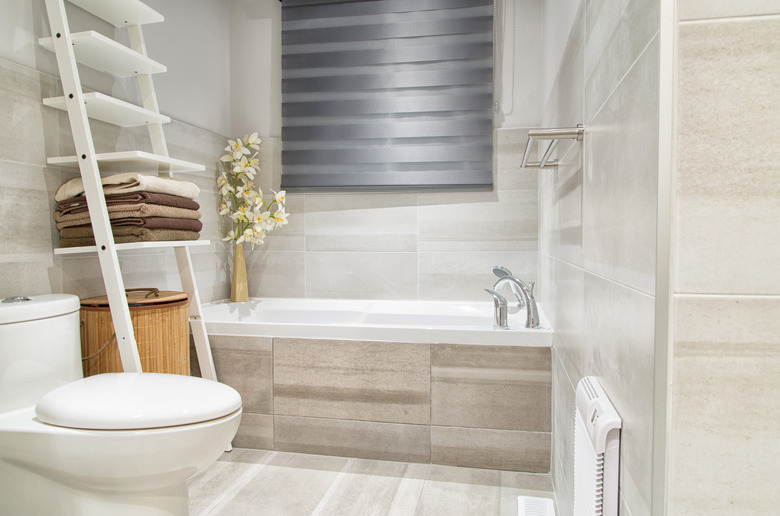Cast-Iron Bathtub Vs. Acrylic
Bathtubs are made from a variety of materials. Cast iron and acrylic are two popular materials used. Acrylic bathtubs are more widely used in newer homes but some consumers still opt for the strength and durability of a cast-iron bathtub, which is also the tub of choice for a vintage look in bathroom décor. Both types of bathtubs have their advantages and disadvantages, but the choice ultimately depends on the aesthetic preference and budget constraints of the consumer.
Materials and Construction Comparison
Materials and Construction Comparison
Fiberglass reinforces acrylic sheets in the production of acrylic types of bathtubs. The finished product is relatively crack and chip resistant. Acrylic bathtubs are made out of a synthetic material and can be made in a variety of colors.
Cast-iron bathtubs are made by pouring iron into molds and then letting it cool and harden. This type of tub is very resistant to chemicals and is nearly impossible to scratch or dent. Cast-iron bathtubs usually have an enamel coating on them and are fire polished to give them a smooth appearance.
Difference in Cost
Difference in Cost
Cast-iron bathtubs are more expensive than acrylic tubs. According to Shower Plus Bath, a 60-inch acrylic bathtub typically costs a minimum of $500, and a similarly sized cast iron tub generally carries a minimum price tag of $1,300. If you choose a cast-iron tub, you'll also have to add the cost of floor reinforcement to the actual price of the tub.
Weight-Based Installation Needs
Weight-Based Installation Needs
Cast iron bathtubs are far heavier than acrylic bathtubs which makes them more difficult to install; several people will be needed to conduct the installation of a cast iron tub. The floor underneath a cast-iron tub may have to be reinforced because it is so heavy.
Acrylic bathtubs are easier to install than cast-iron tubs because they are not nearly as heavy. You can place an acrylic tub on any level of your home without having to reinforce the floor underneath it to support its weight.
Durability and Upkeep
Durability and Upkeep
Cast-iron bathtubs are very durable — with proper maintenance, they can last for generations. They require less upkeep than acrylic and may be the proper choice for bathrooms that receive a lot of traffic. To perform weekly cleaning for a cast-iron tub, mix 2 tablespoons of mild dish soap with a grease-cutting agent in 1 gallon of hot water. Apply this cleaning solution with a soft sponge or cloth and gently scrub the bathtub, rinsing with water after cleaning.
Acrylic bathtubs are also durable but they are not indestructible. Cheap acrylic bathtubs can warp and crack if not properly maintained or are poorly installed. Acrylic bathtubs are more prone to staining than cast-iron bathtubs, which means that a more rigorous cleaning schedule should be followed with acrylic.
Clean an acrylic bathtub by sprinkling baking soda on wet surfaces, or making a paste with water and applying it to tub, and allowing it to sit for 10 minutes. Using a damp sponge, scrub the tub with baking soda, rinse thoroughly and wipe clean.
Heat Retention Differences
Heat Retention Differences
Cast iron is known for its ability to absorb heat and also transfer it. A cast-iron tub can keep a hot bath warmer for longer than an acrylic one will. Even though a cast-iron tub can be cold to the touch, as soon as it is filled with warm water, heat transfer begins.
Acrylic bathtubs are made from a synthetic material that does not transfer heat well. When filled with warm water, an acrylic tub retains heat to some degree but not as well as a cast-iron tub.
